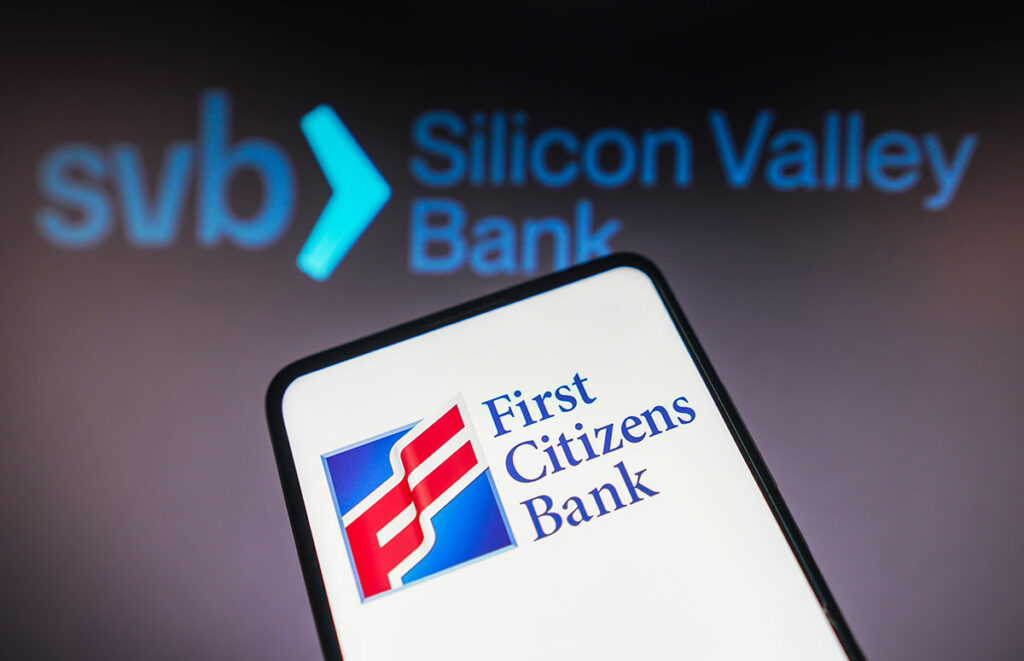Silicon Valley Bank Offers Lessons in Reputational Refurbishment

Like the proverbial bad penny, Silicon Valley Bank is back. The beleaguered financial institution, which earlier this year was the poster child for mismanagement and was the focal point of concerns about the stability of the banking system, has launched a new marketing campaign.
The “Yes, SVB” campaign is designed to make consumers aware that the bank does still exist and is now a division of First Citizens Bank. According to a media release announcing the new marketing campaign, the company aims to “increase awareness of SVB’s continued presence, ongoing commitment, experienced team and leadership position helping investors and innovators scale and succeed” and also proclaims the bank’s “unmatched capabilities uniquely meet the demands of the innovation audience.”
Those are some big claims to make a mere six months after SVB, with more than $200 billion in assets, crumbled like a house of cards under the weight of poor management, weak regulations and weaker government oversight. One might think, given the reviews conducted by the Federal Reserve Board, the Federal Deposit Insurance Corp. and Government Accountability Office that a new regulatory regime has been created in the wake of SVB’s collapse. That has not happened.
It’s important to remember SVB wasn’t the only financial institution to find itself in trouble this past March. First Republic Bank PacWest Bancorp, Regions Financial and Zions Bancorporation – all regional banks – also suffered serious losses. And even some of the major players, including Wells Fargo, JP Morgan Chase and Citigroup, saw their share prices lose ground in the wake of SVB’s collapse.
It would be nice if the resurrected Silicon Valley Bank was a sign of the resiliency of the global financial system and evidence that financial regulations worked the way they were supposed to stop a cascade of bank failures reminiscent of the Great Recession of 2008-2009 and the collapse of Lehman Brothers.
There has been some talk of raising the FDIC’s insurance cap of $250,000 – which was upped from $100,000 in 2008 – to better protect depositors and the larger economy. But with a sharply divided U.S. Congress any substantive action is unlikely.
Even without new regulations and oversight, it is clear that financial services firms and the agencies that monitor them are taking a closer look at balance sheets and bankers’ behavior. But that may not be enough.
Silicon Valley Bank’s reemergence on the national scene with a splashy public relations campaign could send the message that all is fine and dandy in the U.S. banking system and the financial fright of early spring was just a speedbump on the road to economic recovery. The fact that we haven’t heard much about SB=VB or the other banks – remember Signature Bank and First Republic Bank? – that failed earlier this year.
But as the U.S. economy continues to roil on inflation concerns, interest rate hike fears and lagging consumer confidence, another banking crisis may be just around the corner, whether or not Silicon Valley Bank is back or not.






